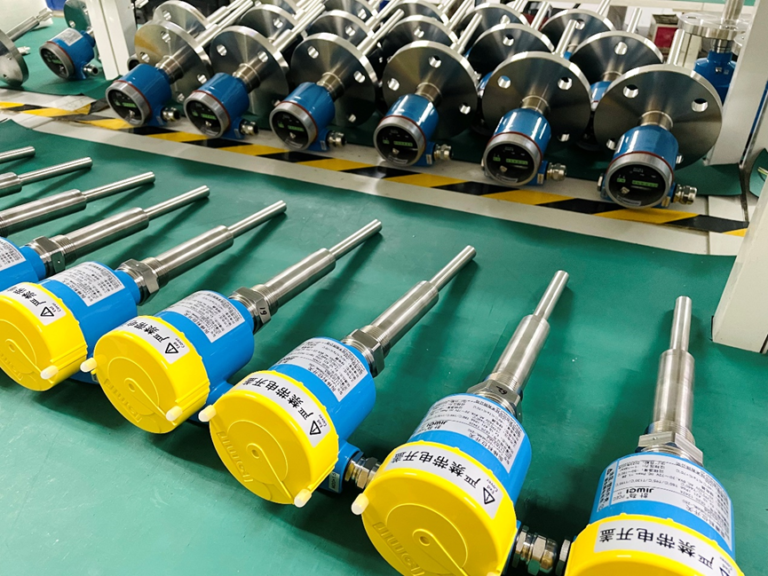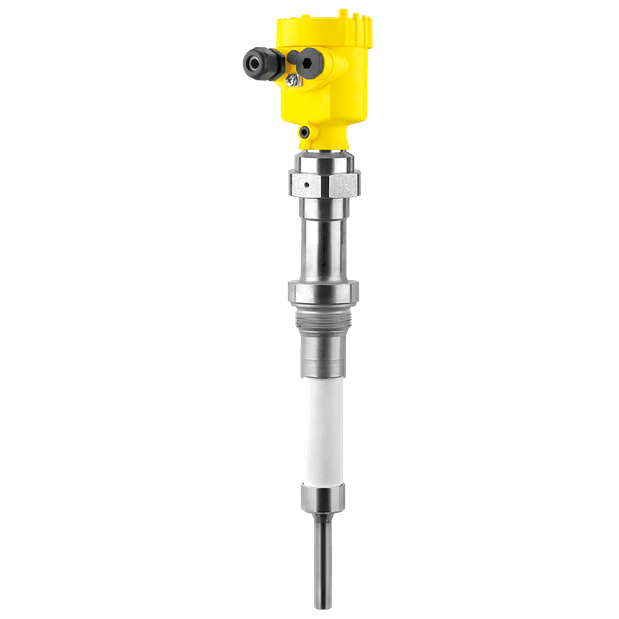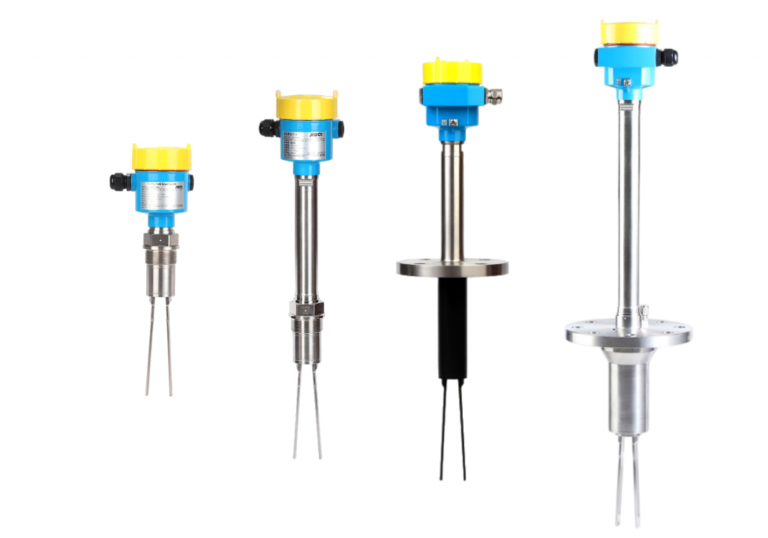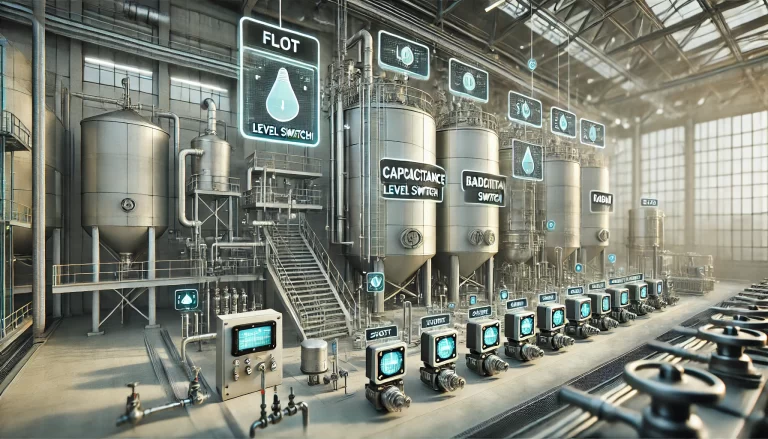A level switch, also known as a level sensor or level control, is a device used to detect and monitor the level of substances such as liquids, solids, or granular materials in a container, tank, or silo. The main purpose of a level switch is to signal when the material has reached a certain level within the container, thereby controlling processes like filling, emptying, or signaling alarms when critical levels (high or low) are reached. They are widely employed in various industries, including manufacturing, chemical processing, water treatment, and food production.
How a Level Switch Works
The basic operation of a level switch involves detecting the presence or absence of material at a specific point in the container. When the material reaches the sensor’s detection point, the switch is triggered, causing it to either open or close the electrical circuit, depending on the type of switch (normally open or normally closed). This action can initiate other processes, such as starting or stopping pumps, closing valves, or triggering an alarm system.
Level switches can operate using different principles depending on the type of material being measured and the specific application. They are designed to handle different conditions like pressure, temperature, and the nature of the materials, whether they are liquids, granular solids, or slurry.

Types of Level Switches
Several types of level switches are used in industrial and commercial applications, each employing a different detection technology. Here are some of the most common types:
1. Capacitance Level Switch
Capacitance level switches work by measuring the dielectric constant of the material surrounding the probe. As the material level rises or falls, the capacitance between the probe and the wall of the container changes, which triggers the switch. These switches are highly sensitive and can be used for liquids and solids alike, including those in dusty or high-pressure environments. They are often used in industries like oil and gas, food processing, and chemical manufacturing.

2. Float Level Switch
Float level switches operate using a buoyant float that rises and falls with the liquid level. As the float moves, it actuates a switch, either mechanically or magnetically. Float switches are commonly used in water tanks, oil reservoirs, and fuel storage. These switches are highly reliable, relatively inexpensive, and simple to install. They are particularly suited for liquid level detection but can be limited when dealing with slurries or thick fluids.
3. Tuning Fork (Vibrating) Level Switch
Tuning fork switches use the principle of resonance. A small vibrating fork is inserted into the container, and when it comes into contact with the material, the vibration changes. This change is detected and used to trigger the switch. Tuning fork switches are excellent for detecting low-density materials like powders and granules and are often used in industries that handle bulk solids, such as the pharmaceutical and food sectors.

4. Displacer Level Switch
A displacer switch uses a suspended weight (displacer) that moves as the liquid level rises. When the displacer reaches a preset point, it activates a mechanical or electronic switch. Displacer level switches are ideal for large industrial tanks and are capable of handling high pressures and temperatures, making them suitable for applications in the chemical, oil, and gas industries.
5. Optical Level Switch
Optical level switches use a light-emitting diode (LED) and a photodetector to sense the presence of liquid. When liquid covers the optical sensor, the light emitted from the LED is refracted away from the detector, which triggers the switch. These switches are compact, have no moving parts, and are ideal for detecting clear or highly reflective liquids. They are often used in medical devices, food and beverage processing, and wastewater treatment.
6. Radar or Ultrasonic Level Switch
Radar or ultrasonic level switches use sound or electromagnetic waves to detect the level of materials in a container. These non-contact switches are ideal for harsh environments where the material is corrosive or abrasive. They are widely used in applications where direct contact with the material could cause damage or in environments where hygiene is critical, such as in pharmaceutical or food industries.
Applications of Level Switches
Level switches are integral to many industrial and commercial processes where it is necessary to monitor and control material levels. Some common applications include:
- Water and Wastewater Treatment: Level switches control pumps and valves to manage the water flow and prevent overflow or dry-running of equipment.
- Chemical and Petrochemical Processing: Capacitance and radar level switches are often used to manage hazardous liquids in tanks and pipelines.
- Food and Beverage Industry: Float and tuning fork switches help manage inventory levels of liquids, powders, and bulk solids in food processing plants.
- Oil and Gas: In this sector, level switches are critical for monitoring fuel levels, detecting leaks, and controlling storage tanks.
- Manufacturing and Packaging: In automated processes, level switches ensure that materials are available at the right time, preventing downtime due to lack of materials or overflowing containers.
Advantages of Level Switches
- Automation: Level switches automate processes, reducing the need for manual monitoring, which leads to improved efficiency and reduced labor costs.
- Safety: By preventing overflow or empty conditions, level switches help prevent accidents and equipment damage.
- Versatility: There are a wide variety of level switches designed to handle different types of materials, environments, and processes.
- Reliability: Most level switches are robust and reliable, designed to function in extreme environments such as high pressure, temperature, or corrosive conditions.

Conclusion
Level switches play a crucial role in many industries, ensuring the smooth and safe operation of processes involving liquid or solid material storage and handling. With different technologies available—each suited to specific applications—level switches are highly versatile and essential for automated control systems. Their ability to maintain material levels, trigger actions, and prevent accidents makes them a key component in modern industrial setups.
